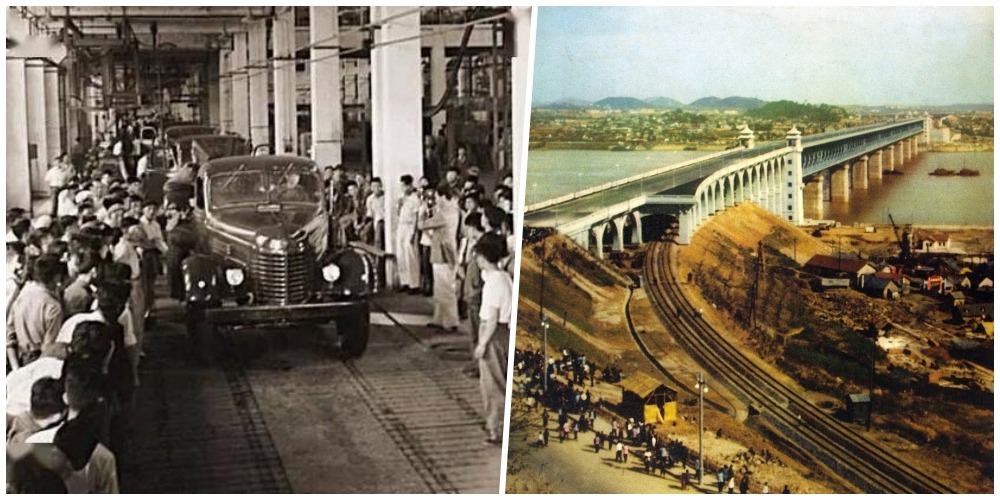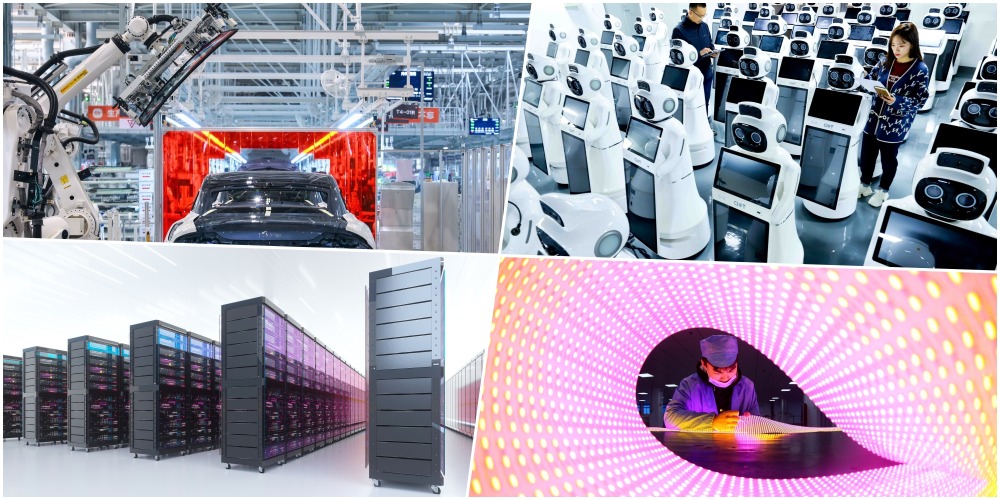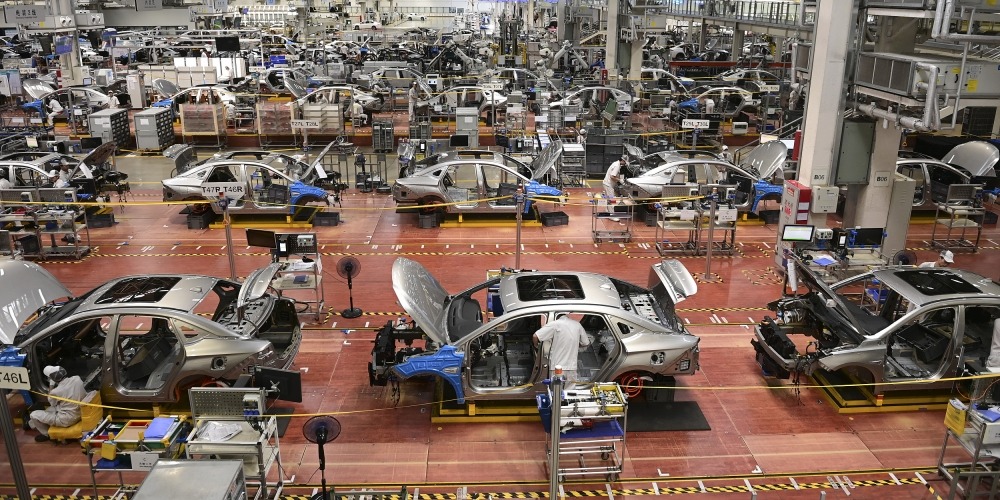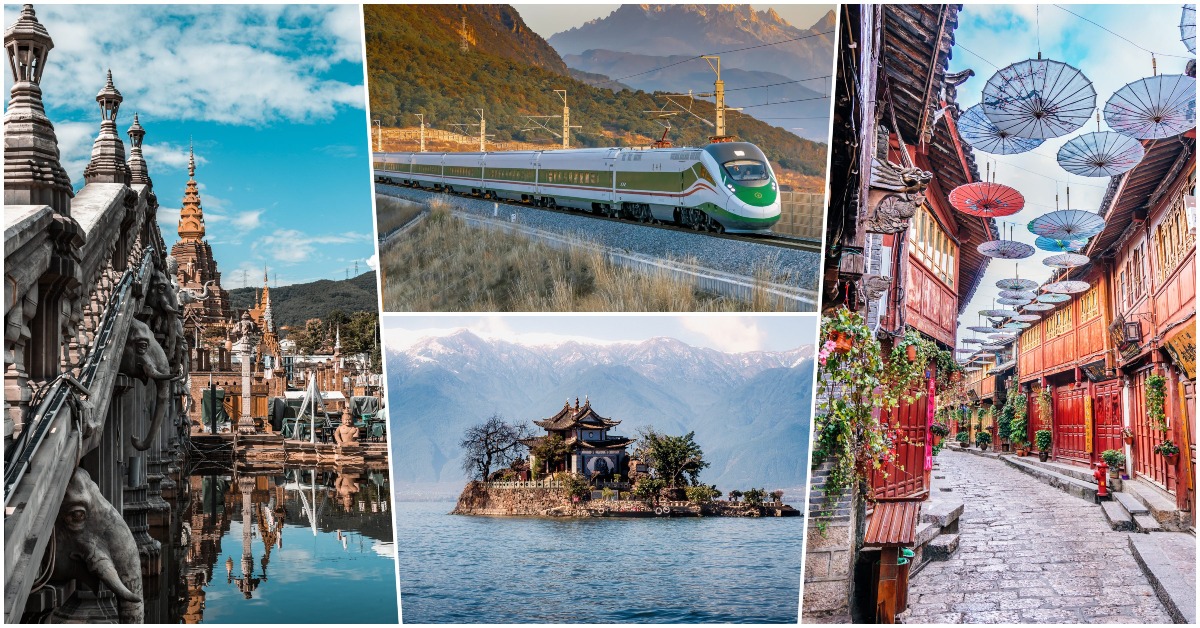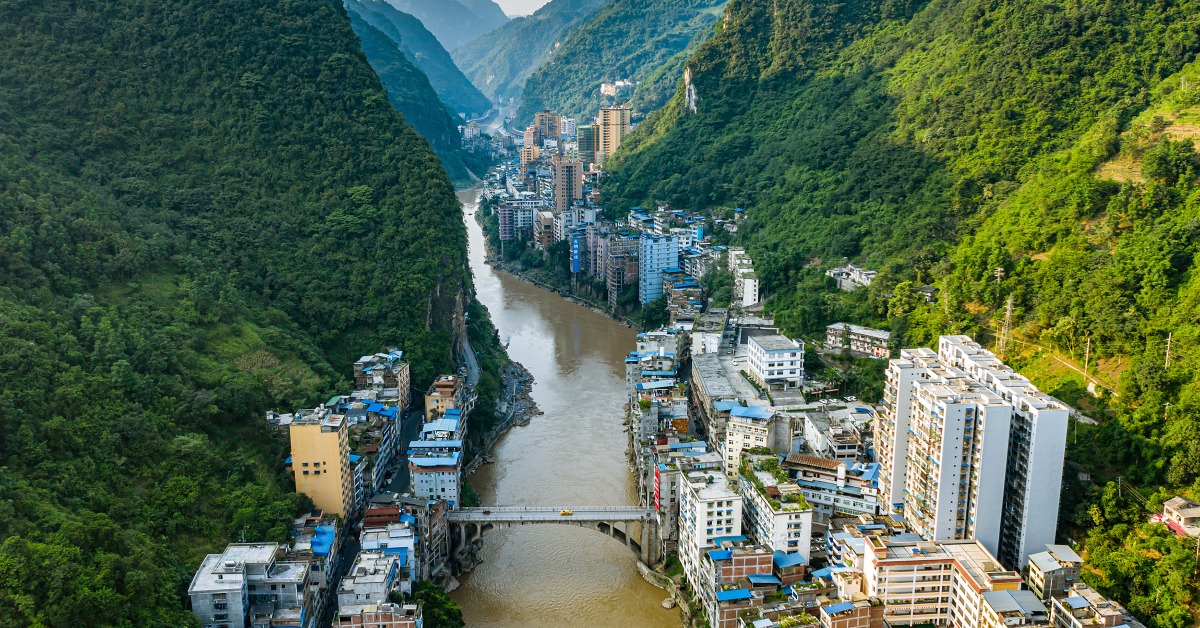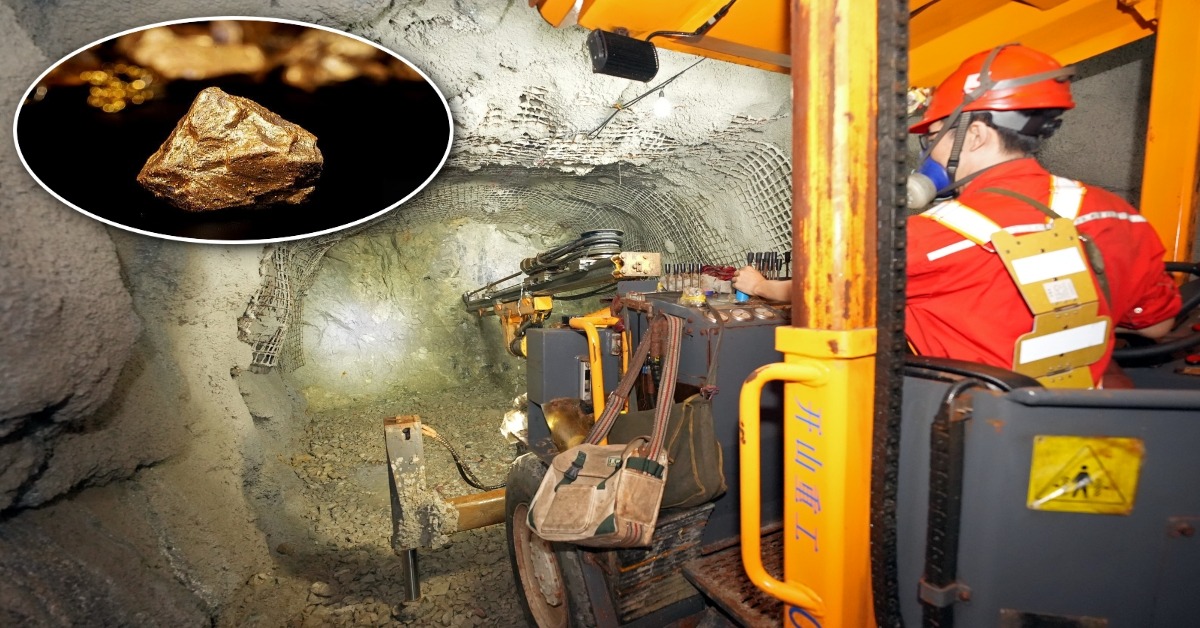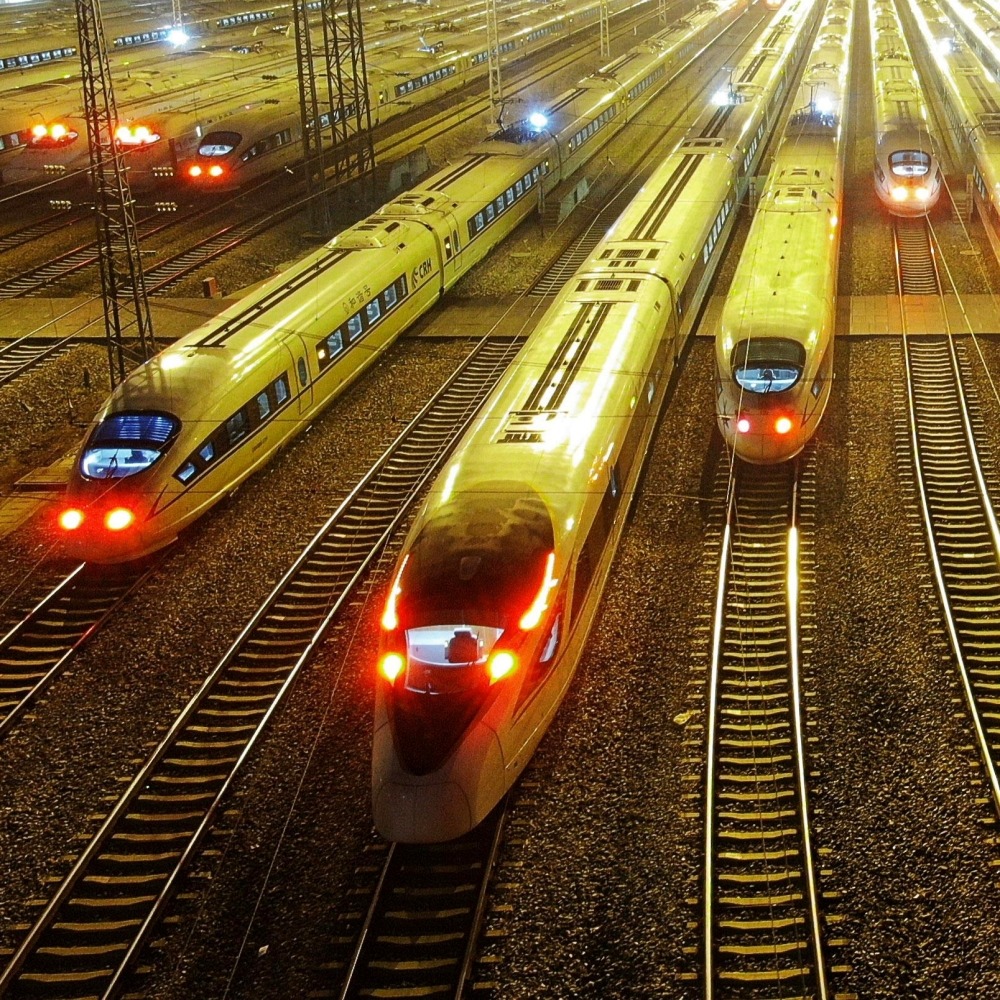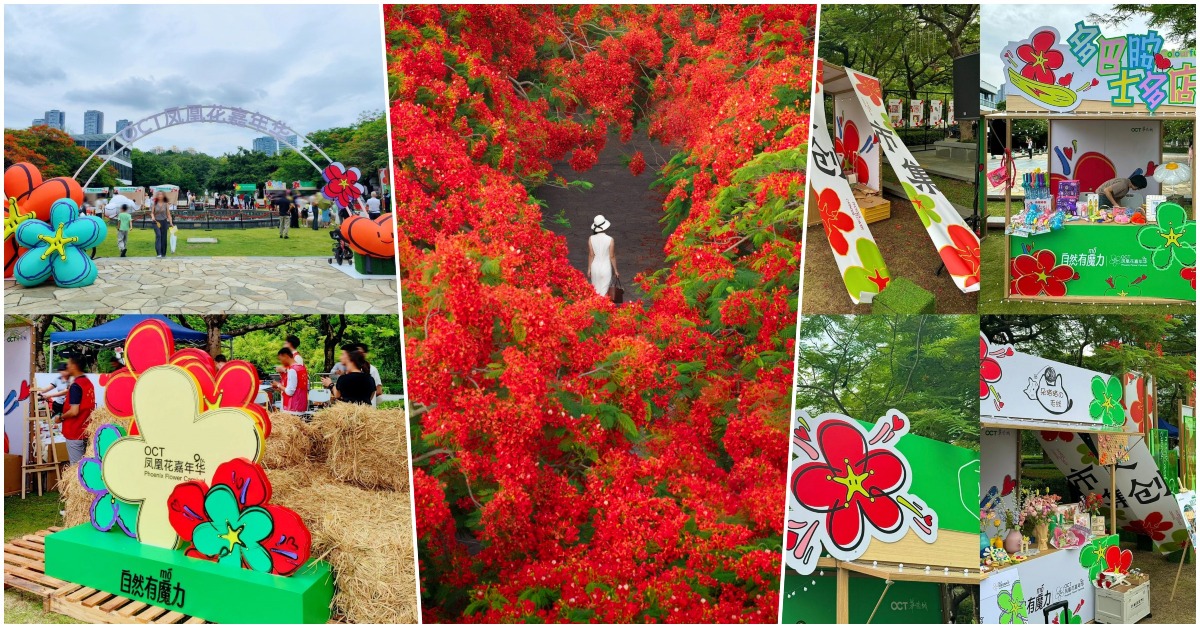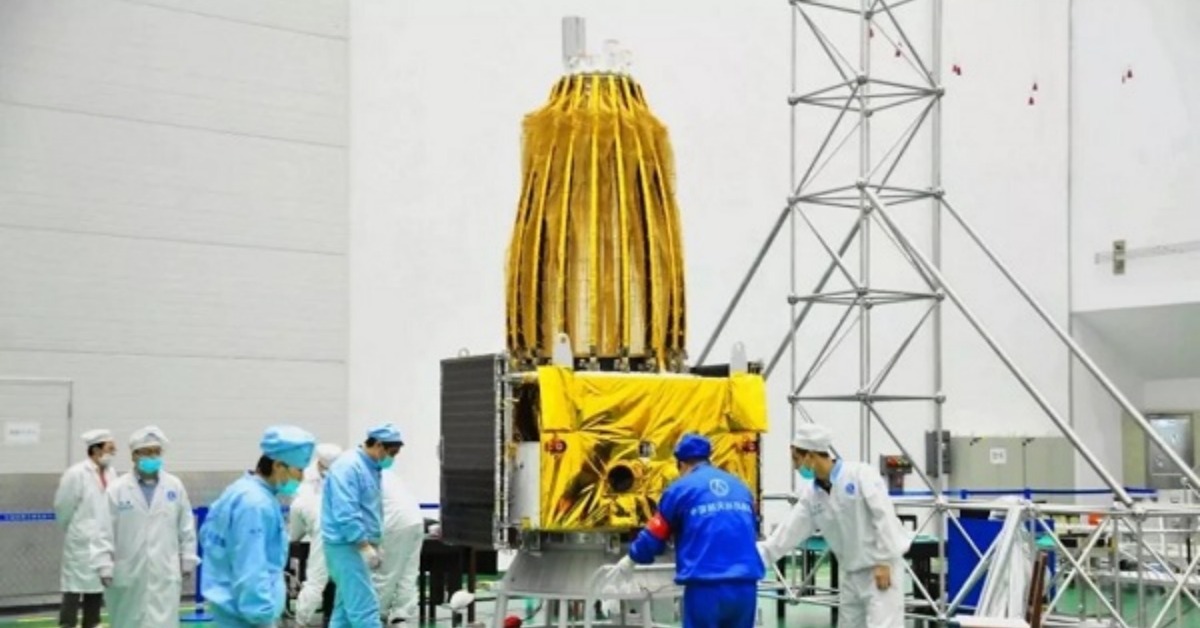Published : 2024-05-27
To understand China, the concept of "Chinese path to modernisation" is essential. How exactly should Chinese path to modernisation be understood?
This article will use real-life examples to explain and analyse the meaning and characteristics of Chinese-style modernisation.
Modernisation is not equivalent to Westernisation
The concept of "Chinese path to modernisation" can be traced back to 1979, the early stages of the Reform and Opening-up, when former national leader Deng Xiaoping proposed this idea.
This concept at that time was mainly discussed from the material and technological point of view, emphasising that China's modernisation should not blindly compete with Western countries and should not be hasty and reckless.
Read more: Deng Xiaoping and the Chinese Path to Modernisation
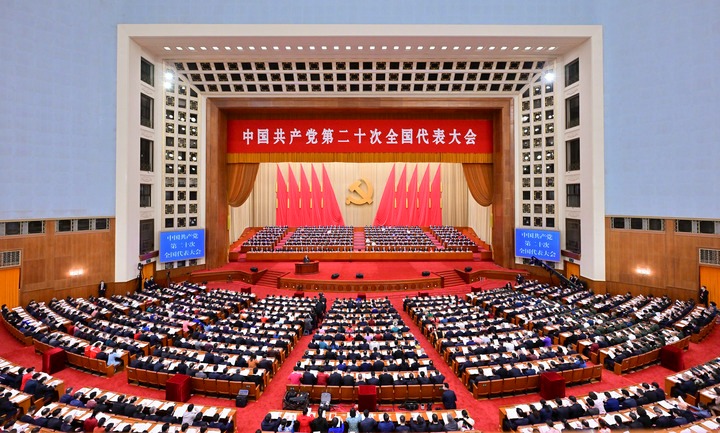
Later, Xi Jinping, General Secretary of the Communist Party of China (CPC) Central Committee, further enriched this concept, put forward the term "Chinese path to modernisation," and elaborated on it in detail at the 20th CPC National Congress held in 2022.
Since then, the term "Chinese path to modernisation" has become widely known to the public.
So, what exactly is the Chinese path to modernisation?
Take a look at the official definition first.
The so-called "Chinese path to modernisation" refers to "socialist modernisation pursued under the leadership of the Communist Party of China. It contains elements that are common to the modernisation processes of all countries, but it is more characterised by features that are unique to the Chinese context".
To understand the "Chinese path to modernisation," it's helpful to separate it into two parts: "Chinese style" and "modernisation."
First, what is "modernisation"?
In general, modernisation includes the development of human society in various fields such as economy, politics, and culture, mainly manifesting in industrialisation, urbanisation, and informatisation, the upgrading of productive forces, with which people's lifestyle and pace of life also shifting from slow to fast.
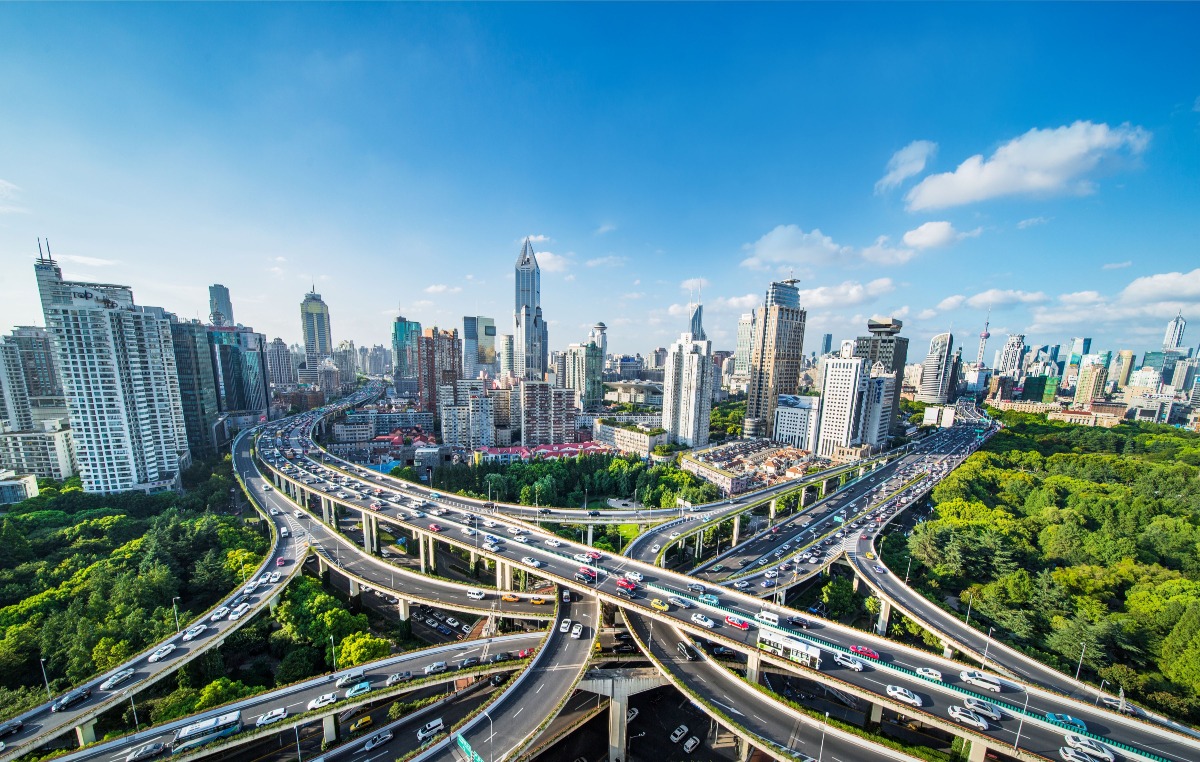
Modernisation first emerged in the West and subsequently expanded to other parts of the world, which has led to some confusion about modernisation with Westernisation.
However, given that there are huge differences between countries and regions in the world in terms of natural conditions, history and culture, and institutional forms, could the modernisation model of Western countries be applied to all countries?
In fact, "modernisation" does not equate to "Westernisation", nor does it equate to capitalism. Unravelling this myth makes it easier to understand the implications of "Chinese path" in the "Chinese path to modernisation."
Through continuous efforts, China, from a state of poverty and backwardness, has built an independent and relatively complete industrial system and national economic system. The Chinese path to modernisation represents an alternative to the Western model of modernisation.
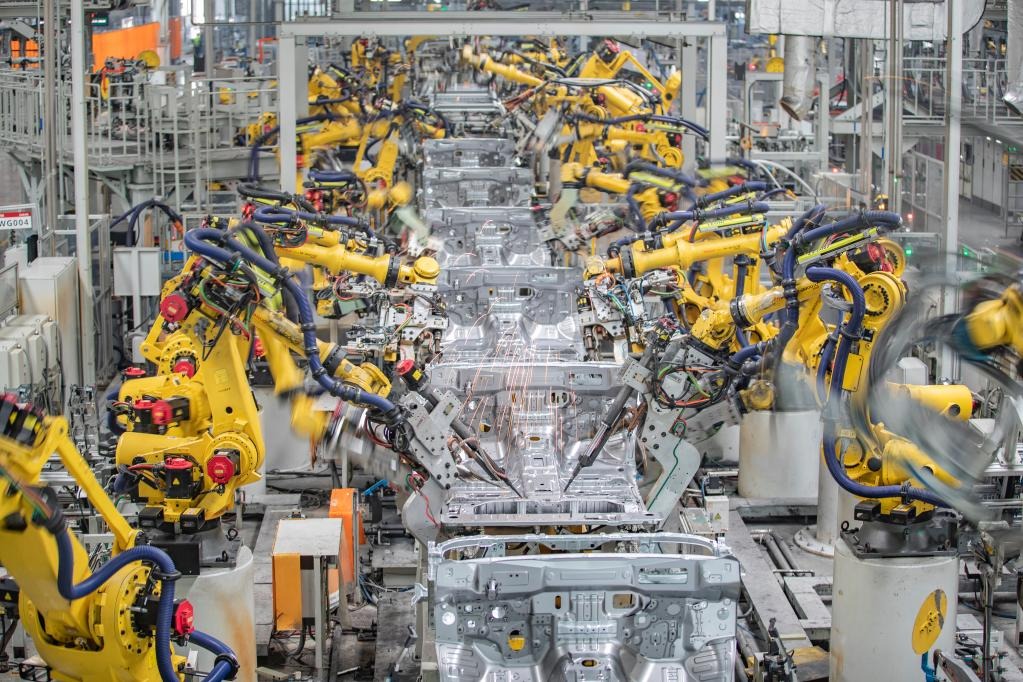
Zheng Yongnian, a professor at the Chinese University of Hong Kong (Shenzhen), believes that the Chinese path to modernisation is essentially a way for China to address the problems that all countries in the world face.
Five characteristics of Chinese Path to Modernisation
So, what is "Chinese style" all about? It includes five aspects of Chinese characteristics:
Firstly, it is the modernisation of a huge population. At present, there are not more than 30 countries or regions around the world that have achieved modernisation, with a total population not exceeding 1 billion; while China has over 1.4 billion people, exceeding the total of existing developed countries.
A country with such a massive population entering a modern society has no precedent to follow, requiring "localisation" and achieving modernisation in ways that suit China itself.
Secondly, it is the modernisation of common prosperity for all. Some Western countries long face inequalities and polarisation, despite increasing societal wealth.
The common prosperity pursued by the Chinese path to modernisation aims to address this issue, by reducing regional and urban-rural disparities, improving distribution systems, preventing monopoly and disorderly expansion of capital, and so on.
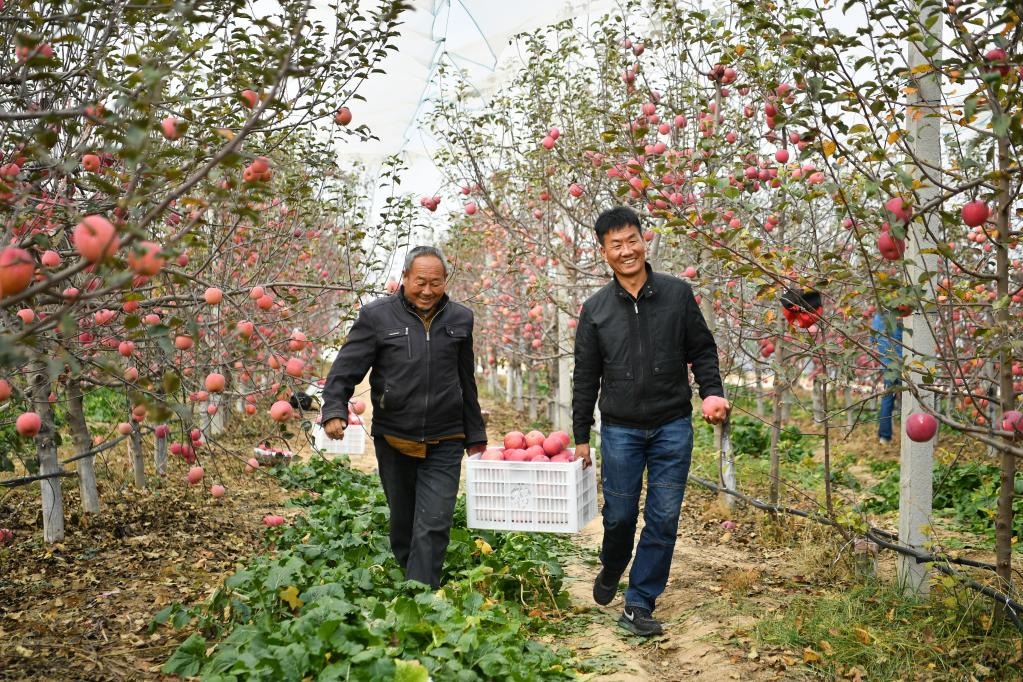
Thirdly, it is the modernisation of material and cultural-ethical advancement. With the advancement of the modernisation process, material enjoyment becomes increasingly accessible, but at the same time, it's necessary to have rich and healthy spiritual pursuits and spiritual lives.
Also, it is the modernisation of harmony between humanity and nature.
China is rich in two things: size and diversity. However, with its huge population, resources are relatively scarce.
That's why the Chinese path to modernisation must abandon the Western path of massive consumption of resources and environmental destruction; otherwise, China will be unable to bear the pressure on its resources and environment.
At last, it is the modernisation of peaceful development. The essence of Western modernisation is capitalist modernisation, achieved through war, colonisation, plunder, etc.
Meanwhile, the Chinese nation has a cultural "gene" that advocates peace; it's also vital for China to achieve its modernisation goal in a peaceful external environment.
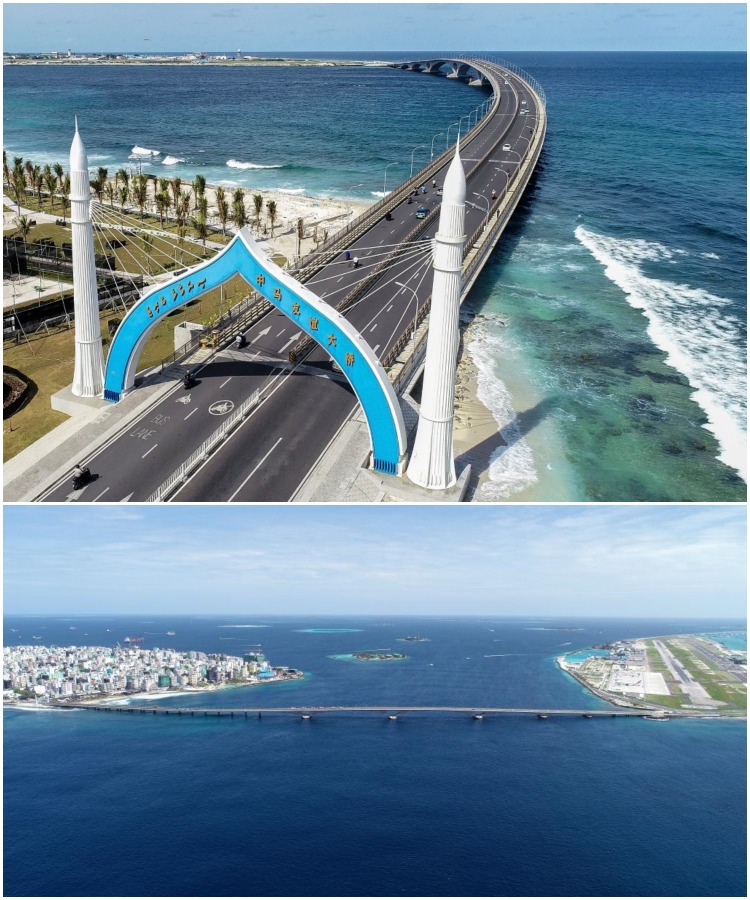
Xinjiang starts offering "Free Shipping" for online shopping
To be more specific, the recent "free shipping" available for online shopping in Xinjiang is an excellent example.
Located on the northwest frontier of China, the Xinjiang Uygur Autonomous Region accounts for nearly one-sixth of China's land area and has a relatively sparse population, making the logistics cost of online shopping in the area remain high.
In recent years, with the continuous improvement of express delivery facilities in Xinjiang, the purchasing power of local online shoppers has increased.
And along with the promotion of e-commerce platforms, free shipping in Xinjiang has become a reality.
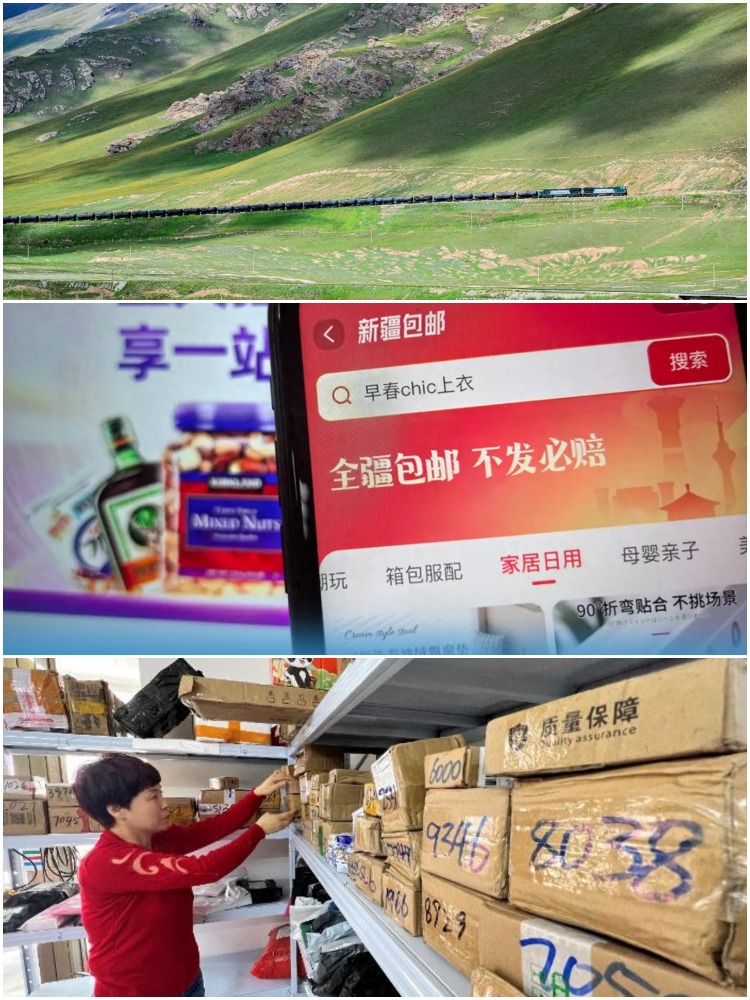
According to data from the State Post Bureau of China, the express industry in Xinjiang is rapidly growing.
In 2023, the volume of express service in Xinjiang (excluding the package service of the post office) and express business revenue increased by 88.1% and 77.9% year-on-year, respectively, both ranking first in the country.
The reality of free shipping in Xinjiang not only reflects the vitality of the e-commerce economy and the development of the logistics industry but also highlights the balanced development of eastern and western regions of China, the importance of a stable environment in frontier areas, and the convenience it brings to the lives of the people.
It is undoubtedly a great footnote to the Chinese path to modernisation.


